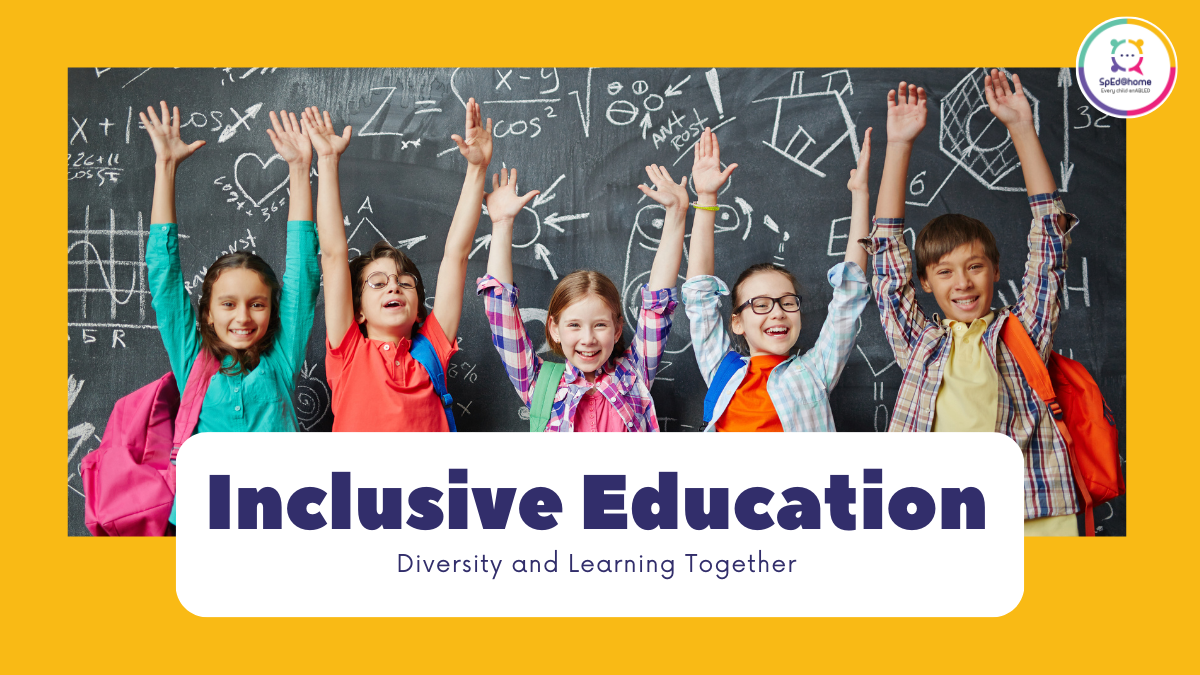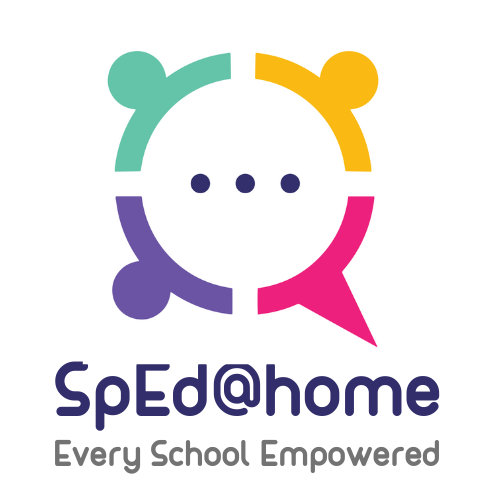Inclusive education is a powerful concept that stands as a cornerstone for creating a society that values and accommodates diversity. It embodies the belief that all individuals, regardless of their abilities, disabilities, ethnicity, socioeconomic status, gender, or any other characteristic, have the right to access quality education in an environment that fosters acceptance, understanding, and mutual respect. Embracing inclusive education means removing barriers, both physical and attitudinal, to ensure that every student has equal opportunities to learn, grow, and thrive. This article explores the essence of inclusive education and its impact on students, teachers, and the broader community.
Inclusive Education
Inclusive education is not just about making minor adjustments or adding a few accommodations to meet the needs of students with disabilities; it is a comprehensive approach that seeks to transform the entire educational landscape. It encourages the design of curricula, teaching methodologies, and classroom environments that cater to the diverse learning styles and needs of all students. By recognizing and embracing the uniqueness of every learner, inclusive education aims to provide a supportive and nurturing space for all to succeed.
Promoting Equity and Breaking Barriers
At its core, inclusive education champions the concept of equity. Rather than treating all students as identical, it acknowledges that every individual comes from different backgrounds and has distinct learning abilities. Inclusive classrooms are designed to accommodate these differences, ensuring that no student is left behind. This approach breaks down barriers and challenges stereotypes, fostering an environment where diversity is not only accepted but celebrated.
Benefits for Students
Inclusive education benefits all students, not just those with disabilities or special needs. When students with diverse abilities and backgrounds interact in the same classroom, they learn valuable life skills such as empathy, compassion, and understanding. Inclusive classrooms promote a culture of acceptance and tolerance, reducing bullying and discrimination. Additionally, research has shown that inclusive education can improve academic performance and social integration for all students.
For students with disabilities or special needs, inclusive education offers a sense of belonging and a supportive environment. They receive individualized attention, specialized teaching methods, and access to necessary resources, helping them unlock their full potential. Inclusive settings also encourage the development of self-advocacy skills and foster a positive self-image.
Empowering Educators
Inclusive education transforms teachers into facilitators of learning and advocates for diversity. Teachers are encouraged to adopt innovative teaching strategies that cater to the needs of all students, providing a personalized learning experience. Inclusive classrooms push educators to continually improve their skills and knowledge, ensuring they are equipped to meet the diverse needs of their students.
Collaboration and Professional Development
Effective inclusive education thrives on collaboration among educators, administrators, families, and the community. Teachers and support staff work together, sharing knowledge and expertise to create an inclusive learning environment. Regular professional development opportunities enable educators to stay updated with best practices and develop the skills necessary to cater to diverse learners effectively.
Challenges and Overcoming Them
Implementing inclusive education is not without challenges. One of the most significant obstacles is changing societal attitudes and breaking down ingrained prejudices. Fear of the unknown and misconceptions about disability or differences can create resistance to inclusive practices. Overcoming these challenges requires awareness campaigns, open dialogue, and creating opportunities for individuals from diverse backgrounds to interact positively.
Another challenge lies in providing adequate resources and support to implement inclusive education effectively. Schools must have the necessary infrastructure, trained personnel, and access to appropriate technology and teaching aids to accommodate all learners.
Inclusive education is a powerful tool for promoting social cohesion, understanding, and growth. By fostering an environment where every individual is respected and valued, it enables students to reach their full potential and prepares them for life in a diverse and inclusive society. Embracing inclusive education is not merely an educational philosophy; it is a societal commitment to building a future that cherishes diversity, empowers individuals, and celebrates the uniqueness of each student. Only by working together can we create a world that truly exemplifies the principles of inclusivity and equality.












